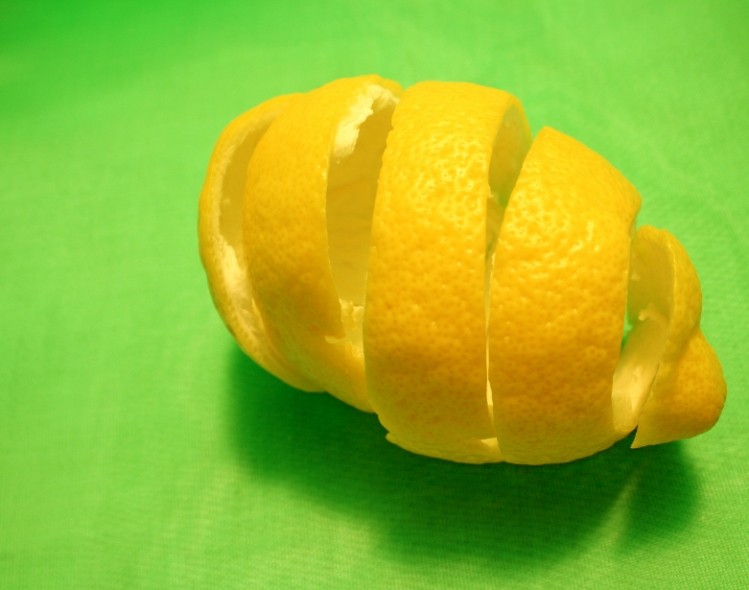Problem with pectin? Soy-polysaccharides could be the solution

The three new products are based on soy-polysaccharide fibre, which is commonly used in South East Asia to produce the thinner-textured drinks consumers demand in the region.
Europeans, however, like their drinks to be fresh and thick, hence the popularity of the pectin. But the food gum, used by a number of brands to stabilise the protein in products with a blend of fruit juice and milk or drinkable yoghurts, is in short supply.
Premium’s centre manager Olivier Navello claimed some of the new range can reduce reliance on pectin without affecting the profile of the drinks.
The synergy between pectin and soy-polysaccharides mean they can be used hand-in-hand, and that results in “greater stability using lower does of pectin”, he explained. “It’s very easy to substitute but there are not a lot of companies doing it yet. Using soy-polysaccharides is quiet a new thing for the European market.”
Navello is confident the idea will catch on, not least because of the headaches food companies are facing in relation to pectin.
'It’s a big crisis'
It’s made from the peel of citrus fruits and apples, but poor harvests in 2014 in Argentina and Mexico have seen availability tumble and prices rocket. Some producers have raised prices by up to 30% and there is little sign of a release anytime soon.
Last year’s harvests were better, but there’s been a major renegotiation of long-term contacts between peel suppliers and pectin producers, so supply and demand remain mismatched. Prices could continue to rise as a result, but availability is even more of an issue.
“It’s a big crisis,” said Navello. “The situation was supposed to be resolved this year but will still be complicated this year and next.”
Some manufacturers have turned to cellulose gum as a substitute. Navello said that option is cheaper, but the beverage profile will change as a result. Premium’s are on a par price-wise with pectin, he added, but there is absolutely no problem with availability.
Of the three new products, two have no pectin: one is just soy-polysaccharide and will create a 'thinner' product (Premigum XLB-16022), whilst the other is a mixture of soy-polysaccharide and guar gum, which maintains mouthfeel (Premigum XLB16023).
The third uses a mix of soy-polysaccharide and pectin (Premigum XLB-15032) and can be used in lower doses. The flavour release remains high, he said.







